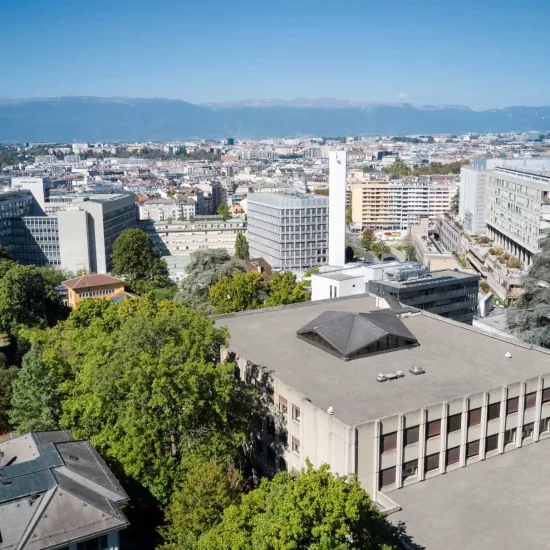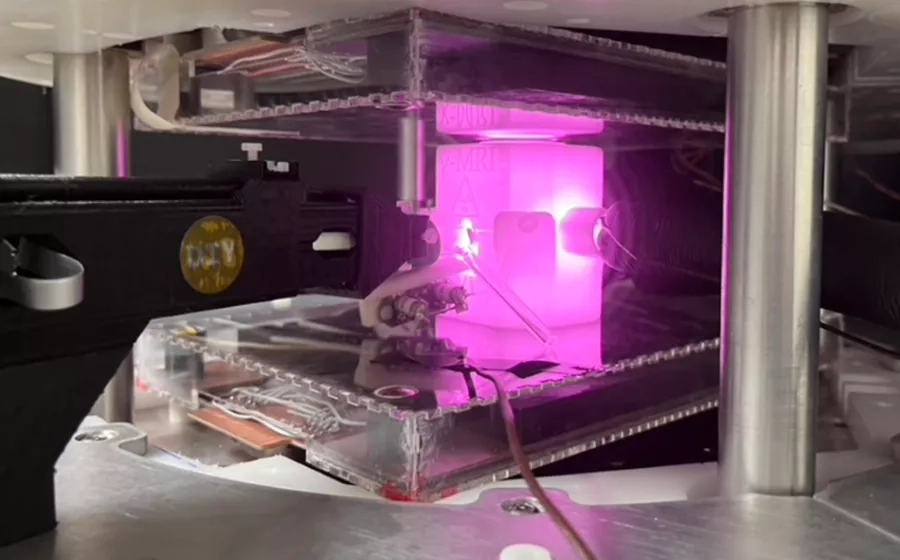Le projet GAMMA-MRI réunit des expert-e-s en physique fondamentale, nucléaire, appliquée, imagerie nucléaire, IRM, physique médicale et ingénierie. Plus de dix chercheur-e-s de la HES-SO (HEPIA et HEDS) collaborent pour développer une technologie d’imagerie révolutionnaire et un prototype combinant les avantages de l’IRM et des agents de contraste radioactifs, comme en médecine nucléaire. Ce système vise à produire des images médicales avec une résolution spatiale exceptionnelle et une sensibilité accrue, grâce à la détection des photons gamma émis par ces agents.
Dans un contexte où les AVC et le COVID-19 représentent des défis majeurs en santé publique, GAMMA-MRI propose une solution innovante pour un diagnostic rapide et précis, même dans des délais critiques. Léger et portable, le prototype peut être utilisé directement auprès des patients ou transporté dans une ambulance, permettant un diagnostic différentiel avant l’arrivée à l’hôpital, accélérant ainsi les traitements.
Ce projet promet de transformer le diagnostic des pathologies cérébrales et pulmonaires grâce à une imagerie de pointe, accessible et adaptée aux défis de la santé moderne.
Légende de l'image de la bannière : Le core du prototype aimant pendant une experimentation de polarisation.





